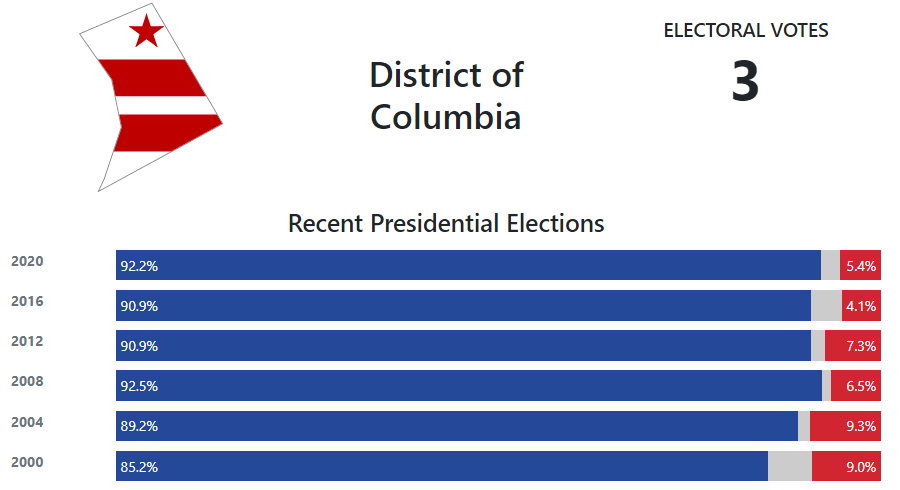...the vast majority of the 2.1 million–member federal workforce is composed of “career” civil servants, with legal protections that prevent them from being fired for political reasons....
...Just before the 2020 election, Trump issued an executive order reclassifying thousands of high-level federal workers as “Schedule F” employees, stripping them of the protections afforded career civil servants....
...But we should not view a return of Schedule F as something only Trump would consider. Before the realtor entered the political arena, conservatives wanted to kneecap the civil service.
In January 2001, the right-wing Heritage Foundation issued a policy paper,
“Taking Charge of Federal Personnel,” which warned the incoming George W. Bush administration of the “political sophistication of the federal employee network and its allies and the intensity of its resistance to serious change.” It recommended that Bush “make liberal use of his power of appointment [and] get a loyal team in place to carry out his agenda.”
One of the three authors, George Nesterczuk, became a personnel policy adviser in the Bush administration. Trump tapped him in 2017 to preside over the entire civil service as the director of the Office of Personnel Management, but opposition delayed his nomination, and Nesterczuk
withdrew. In 2020,
Trump hired Nesterczuk as an OPM adviser six months before the issuance of Schedule F. Another of the Heritage paper authors,
Donald Devine, was OPM director under Ronald Reagan and served as an OPM adviser under Trump. Neither man was mentioned in the
second installment of the Axios report, which tracked the origins of Schedule F, and largely credited Sherk. But Sherk is also a Heritage Foundation alumnus.
The Heritage report derided the “Progressive ideal” of a “public administration or scientific management model” of the civil service, which it defined as “a value-free ‘scientific’ program of government administration, based on objective management and policy principles, which is technically administered by neutral career public officials.” Instead, it encouraged using “the cabinet government or political administration model,” in which “top political officials” are responsible “for achievement of the President’s election-endorsed and value-defined program,” pushing it “throughout the labyrinth of a bureaucracy that is often resistant to change.”
Defined as such, the Heritage viewpoint sounds reasonable. Why should unelected bureaucrats have more power to shape policy than an elected president?...








